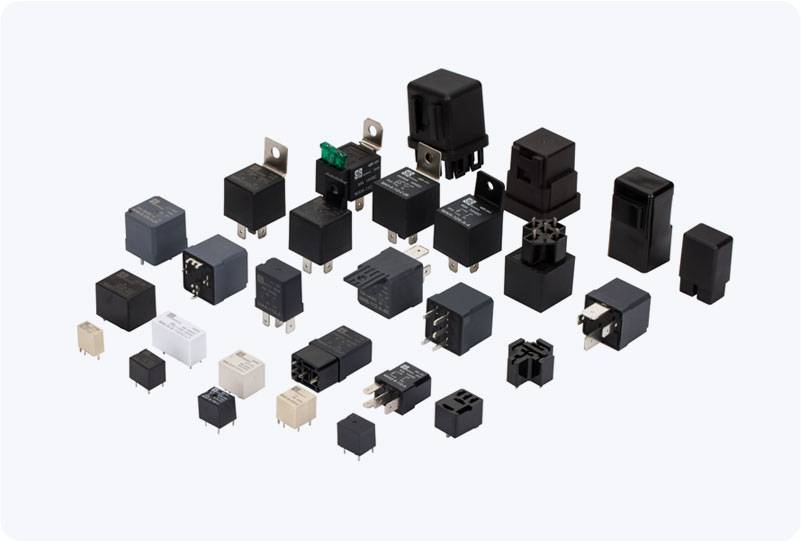understanding the 800v power distribution relay: key features and applications
Release time:2025-08-23 05:42:49
The 800V Power Distribution Relay is a critical component in modern electrical systems, especially for high-voltage applications. It plays an essential role in protecting and controlling electrical circuits in industrial, commercial, and power distribution networks. Operating at a voltage of up to 800V, this relay is designed to safeguard electrical systems from damage caused by faults like overvoltage, overloads, and short circuits. This article delves into the core functions, features, and applications of the 800V Power Distribution Relay.

Functionality and Importance
At its core, the 800V Power Distribution Relay is designed to monitor and manage the flow of electrical power through high-voltage circuits. It provides both protection and control in power distribution systems. The relay works by continuously checking parameters such as voltage and current levels in the circuit. If an anomaly is detected—such as an overload, short circuit, or undervoltage—the relay acts swiftly to disconnect the power, thereby preventing potential damage to connected equipment and the overall system.
The relay's main function is to protect sensitive equipment from extreme electrical conditions. Without such protective devices, electrical faults can lead to severe damage, downtime, and even fires. By detecting issues early, the 800V Power Distribution Relay ensures the safety and longevity of the electrical infrastructure it supports.

